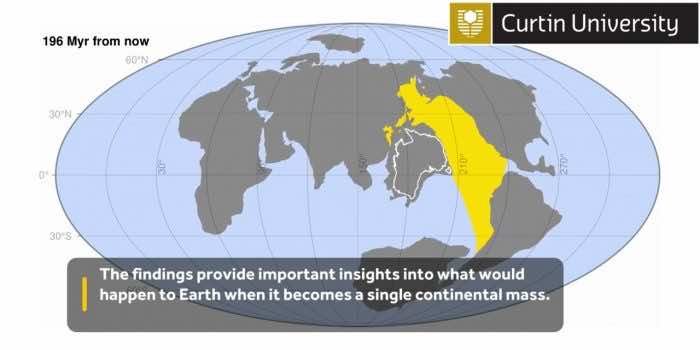Researchers at Curtin University in Australia have come up with a concerning new study which states that the Pacific Ocean is anticipated to fade away according to the recent simulations revealed by the supercomputer. Apparently, the Pacific Ocean can sustain itself for another 300 million years, but the speculations of researchers at Curtin University are somewhat different than the existing estimates. According to them, Pacific will not be able to complete its projected years and will disperse shortly. The research has been published in “National Science Review”.

In addition to this, the appearance of our oldest ocean will be totally changed when it’s near its death and will not resonate with the blue expanded ocean as it does now. Also, it will become smaller in size due to the slipping of the Pacific plates under the Eurasian plates and the Indo-Australian plates. This will also lead to a reduction in the distance between North America, Asia, and Australia. Even today, some scientists contradict these viewpoints and still state that the Pacific will complete its estimated lifetime.

The Earth scientist and lead author, Chuan Huang, says, “Over the past two billion years, Earth’s continents have collided together to form a supercontinent every 600 million years, known as the supercontinent cycle. By simulating how the Earth’s tectonic plates are expected to evolve using a supercomputer, we were able to show that in less than 300 million years’ time, it is likely to be the Pacific Ocean that will close, allowing for the formation of Amasia, debunking some previous scientific theories. “
Hence, this simulation gets along with the destruction of the Pacific Ocean on the formation of Amasia as compared to the demise of the Atlantic Ocean or the Caribbean Sea, as depicted in other simulations. And Amasia relates to the fading of the Pacific because of the weakening of the upper layer of the ocean’s crust. Hence, a geoscientist, Zheng-Xiang Li, stated, “Earth as we know it will be drastically different when Amasia forms. The sea level is expected to be lower, and the vast interior of the supercontinent will be very arid with high daily temperature ranges. “
To that end, this is just another study in the series of simulations that project what our planet will look like when the Pacific destroys and a supercontinent known as “Novopangaea” configures. Some studies suggest the formation of another supercontinent called “Aurica”, which would lead to the combination of the Pacific and Atlantic oceans. Above all, the outlook of Earth and its oceans are destined to change regardless of any type of the formation of a supercontinent. Let’s see how it all goes.


